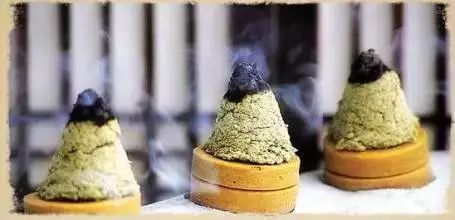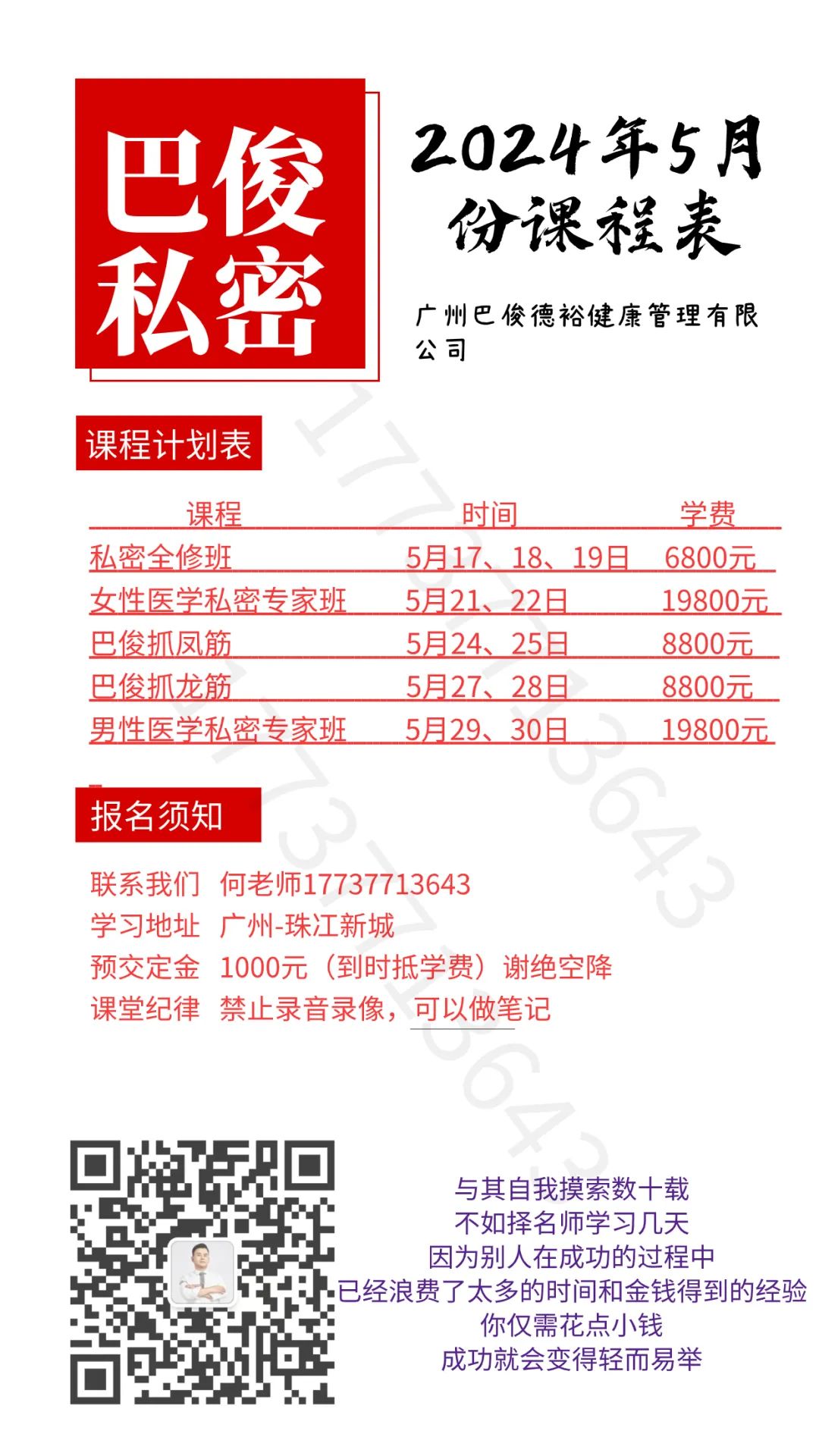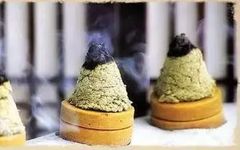The Efficacy of Moxa
Moxa is the primary material used in moxibustion therapy, also known as Ai (艾), ice platform, mugwort, and medicinal herb.

According to the Record of Famous Physicians: It has a bitter taste, is slightly warm, and is non-toxic. It is used to treat a hundred diseases. It can be decocted to stop diarrhea, treat hematemesis, lower abdominal sores, women’s bleeding, benefit the yin qi, promote muscle growth, dispel wind and cold, and help with fertility.
The Compendium of Materia Medica states: Moxa is made from the leaves of the plant, is warm in nature, bitter in taste, non-toxic, has a pure Yang nature, connects with the twelve meridians, and has effects such as reviving Yang, regulating qi and blood, dispelling dampness and cold, stopping bleeding, and stabilizing pregnancy. Moxibustion pills treat various pains in the abdomen and lower abdomen, and are particularly effective for women’s ailments. For elderly patients with weak qi in the lower abdomen and a fear of cold, using cooked moxa in a cloth bag to cover the navel is remarkably effective. People with cold dampness and foot problems should also use this method by placing it in their socks.
For personal health care, it is recommended to use “suspended moxibustion” and “direct moxibustion”.
Moxibustion should not be approached with a strong utilitarian mindset; it is not a spur-of-the-moment decision or something to consider only when a disease becomes severe. One should not expect immediate results from moxibustion. While it is not a cure-all, it can adjust many ailments.

“The key to moxibustion is that qi must reach the area for it to be effective,” thus moxibustion should be applied based on diagnosis, exploring heat-sensitive points, and promoting the use of “suspended moxibustion” and “direct moxibustion” to allow the moxa fire to penetrate deeply into the body, producing sensations of pressure, numbness, swelling, pain, and dispersing cold, allowing the qi sensation to reach the affected area, achieving the goal of treating diseases and promoting health.
Hulu Traditional Chinese Medicine advocates minimizing the use of moxibustion tools, as the wooden walls, iron walls, and wire mesh of various moxibustion devices can affect the normal radiation of the moxa fire. Although warming moxibustion devices provide a sense of warmth, they rarely produce the qi sensation required for effective moxibustion therapy.
“Ai” (艾) sounds like “love” (爱), and in this era of “cold violence” from smartphones, Hulu Traditional Chinese Medicine suggests that everyone should take a moment to pause, calm down, and light a stick of moxa, akin to lighting an incense with sincerity, to experience the connection between body and mind. For oneself, it is a form of practice; for others, it is a warmth. Moxibustion emphasizes communication and care between people!
03
The Key to Moxibustion—Qi Must Reach the Area for It to Be Effective
Key Points of Moxibustion Treatment
The key points of Ma Shaoqun’s moxibustion experience can be summarized as follows:
1. Treat local areas at the onset of illness, and treat the whole body for chronic conditions.
In the early stages of illness, the conflict between “evil and righteous” is generally localized. At this time, applying moxibustion to the affected area or local acupoints can often quickly alleviate the condition, making it a simple and rapid method. However, chronic diseases cannot be treated in this way alone. As the illness persists, it spreads and transforms, leading to stagnation of yin and yang, thus it is essential to focus on overall acupoint selection to ensure moxibustion reaches the organs and meridians, balancing yin and yang to eradicate the disease.
2. Moxibustion is most effective when done early and consistently.
Moxibustion is most effective when done early, especially for acute conditions (as discussed in the chapter “Moxibustion Therapy for the General Public”). For chronic conditions, moxibustion should be maintained consistently. Some long-standing diseases may only show improvement after several months of treatment, so both the patient and practitioner should be prepared for long-term moxibustion. Additionally, some chronic patients may stop moxibustion after noticeable improvement, mistakenly believing the problem is resolved, which often leads to a relapse.
Therefore, Mr. Shaoqun often reminds chronic patients that to eliminate the disease, moxibustion should be continued for at least two to three months, or even longer. Just because symptoms have disappeared does not mean the disease is cured; further examination is necessary (see the chapter on “Palpation”). Even if the disease appears to be cured, if there are still minor symptoms, moxibustion should continue to cultivate the original qi. In summary, the purpose of moxibustion is not only to relieve symptoms but also to promote health, thus it must be maintained consistently.
3. Moxibustion should focus on unblocking organ qi.
Various chronic diseases, due to prolonged illness, generally lead to stagnation of organ qi. Moxibustion should first focus on unblocking this qi. This normalizes the absorption and excretion functions of the gastrointestinal tract, allowing the body’s qi and blood to be generated, and facilitating the resolution and expulsion of pathological products, leading to improvement in various symptoms. Therefore, Zhongwan (中脘) and Zusanli (足三里) are essential moxibustion points for treating various chronic diseases.
4. Moxibustion should guide the treatment.
Sequential treatment is important. Chronic diseases often lead to an imbalance of heat and cold in the body, with “excess” and “heat” being particularly distressing for patients. In such cases, priority should be given to moxibustion on the middle and lower body acupoints. Once the middle and lower areas are treated, the “excess” and “heat” can be expelled, leading to relief of symptoms. This is the guiding function of moxibustion. After treating the middle and lower areas, additional moxibustion can be applied to upper body points as needed, achieving balance.
For cases with internal heat and significant stagnation, a similar approach applies; it is advisable to first moxibust the acupoints on the limbs, and once these are unblocked, additional moxibustion can be applied to the trunk, leading to smoother treatment.
5. For weak patients, start with “small fire”.
For patients who are weak due to prolonged illness, have a poor appetite, and prefer coolness (dislike heat), Mr. Shaoqun generally recommends the following 5-day moxibustion treatment: Day 1 Zhongwan (中脘), Zusanli (足三里); Day 2 Huantiao (环跳), Yanglingquan (阳陵泉); Day 3 Fengshi (风市), Shenmai (申脉); Day 4 Jianyu (肩隅), Quchi (曲池); Day 5 Fengchi (风池), Juegu (绝骨).
After 5 days, treatment can be adjusted based on the affected organs. For patients who are weak due to prolonged illness, have a poor appetite, and prefer warmth (dislike cold), Mr. Shaoqun recommends the following 4-day moxibustion treatment: Day 1 Zhongwan (中脘), Zusanli (足三里); Day 2 Xiakua (下脘), Tianshu (天枢), Qihai (气海); Day 3 Guanyuan (关元), Sanyinjiao (三阴交); Day 4 Neiguan (内关), Zhaohai (照海). After 4 days, treatment can be adjusted based on the affected organs.
For such patients, the initial moxibustion duration for the first 15 days is: 20 minutes per acupoint on the abdomen, and 15 minutes per acupoint on the back and limbs. Once the patient experiences increased appetite and improved energy, normal moxibustion duration can be resumed. This is because if the deficiency is severe, the stagnation will also be severe, so it is advisable to start with gentle unblocking before supplementing; otherwise, the patient may not tolerate the moxa fire, leading to symptoms such as dry mouth, sore throat, dizziness, and loss of appetite.
6. Treat multiple conditions simultaneously, prioritizing urgent cases.
For single conditions, standard moxibustion methods can be applied as discussed in the latter part of this book. However, it is common for chronic patients to have multiple conditions, such as having hypertension alongside diabetes, or cough and asthma with psoriasis. In such cases, different moxibustion methods can be combined (without repeating acupoints). Of course, if one condition is more urgent, such as difficulty urinating or edema, it should be prioritized, and the following moxibustion methods can be applied:
(1) Treating exterior pathogens: Moxibustion on Fengmen (风门) (back) and Yanglingquan (阳陵泉) (lower limbs) for 25 minutes each, performed 2-3 times a day until slight sweating occurs (also refer to the treatment for “cold” in the later chapters).
(2) Treating constipation: Moxibustion on Chengshan (承山) (lower limbs) for 25 minutes, and Dahuang (大横) (abdomen) for 30 minutes. This can be done twice a day until bowel movements occur (generally done at night, with results the next morning).
(3) For patients with difficulty urinating and edema, the following diuretic moxibustion methods can be applied:
|
Moxibustion Sequence |
Acupoint Names and Numbers (see Chapter 13 for locations) |
Duration of Moxibustion per Acupoint |
|
Day 1 |
Guanyuan (关元) (single point) Qugu (曲骨) (single point) Sanyinjiao (三阴交) (double points) |
30 minutes 30 minutes 30 minutes each |
|
Day 2 |
Shuifen (水分) (single point) Shuidao (水道) (double points) |
60 minutes 30 minutes |
|
Day 3 |
Pianli (偏历) (double points) Fuliu (复溜) (double points) |
25 minutes each 25 minutes each |
|
Day 4 |
Xiaoshu (小肠俞) (double points) Yanglingquan (阳陵泉) (double points) |
25 minutes each 25 minutes each |
|
Day 5 |
Dashang (大肠俞) (double points) Fujie (腹结) (double points) |
25 minutes each 30 minutes each |
Note:
1. For mild edema, moxibustion on the first two days’ acupoints is generally sufficient, and other acupoints do not need to be treated.
2. The above moxibustion methods for treating edema are generally effective. If certain special cases show delayed effects, additional moxibustion can be applied to the lumbar region, from Mingmen (命门) to Changqiang (长强) along the Du meridian and the adjacent bladder meridian. This method does not focus on specific acupoints but rather applies moxibustion sequentially from top to bottom, starting with the Du meridian and then the bladder meridian. Moxibustion can be performed twice daily, with 2-4 locations treated each time for 60 minutes. This can also be cycled. For severe lower limb edema, moxibustion can be applied from the upper edge of the swollen area down the inner and outer sides of the leg, similar to the method for the Du meridian.
3. Daily moxibustion on the navel is recommended.
Principles for Selecting Moxibustion Points
(Students may refer to heat-sensitive moxibustion)
1. First select strong sensitivity acupoints, then weak sensitivity acupoints. 2. First select trunk acupoints, then limb acupoints. 3. First select proximal acupoints, then distal acupoints.
4. Combine proximal and distal, left and right, and front and back acupoints.
04For Moxa Tools, Master the Essentials
In today’s era of health consciousness, moxibustion is favored for its historical roots, significant efficacy, and ease of use. Naturally, various moxibustion products are abundant, with packaging and marketing constantly evolving. However, many are merely superficial and do not address the core issues.
Golden moxa, seven-year moxa, and nine-year moxa are popular among the public, but what is their actual efficacy? How to discern quality moxa and ensure it is genuine and effective is the key. Respecting traditional Chinese medicine and embodying the spirit of craftsmanship, Hulu Traditional Chinese Medicine aims to popularize moxibustion knowledge and culture, helping everyone select high-quality moxa materials.
Hulu Traditional Chinese Medicine has visited acupuncture experts from Beijing University of Chinese Medicine to understand the current use of moxa in different regions of China, Japan, and Taiwan. We have also traveled to “the hometown of Zhang Zhongjing” in Nanyang, visiting leading local moxa production and processing enterprises, verifying the quality of raw moxa, storage, processing, and finished products, and comparing them with moxa exported to Japan and South Korea. Ultimately, Hulu Traditional Chinese Medicine has selected high-quality “aged moxa” to provide the best value moxibustion products for everyone.
05Different Moxa Wool Should Serve Different Purposes
The Ming Dynasty’s Li Shizhen in the Compendium of Materia Medica states: “When using moxa leaves, one must use aged moxa, which is soft and fine, referred to as cooked moxa. Fresh moxa can easily harm the skin and meridians when burned.”Suspended moxibustion is best done with materialsUsing coarse moxa wool for suspended moxibustion is ideal, as it burns slowly and evenly.
The quality of “moxa sticks” primarily depends on its “age” and “purity”.
“Purity” does not refer to the golden moxa commonly found in the market, but rather to moxa that is free from other herbs and impurities.
High-purity golden moxa burns too quickly, requiring frequent ash removal, leading to rapid depletion and failing to meet the intended purpose of prolonged moxibustion. As Zhou Meisheng states: “Moxibustion is meant for long-term use; the essence of moxibustion is its duration.” If continuity is not maintained, the moxibustion sensation will be intermittent, significantly affecting its therapeutic effect.
Thus, it is clear that selecting moxa sticks is not about higher purity being better; therefore, Hulu Traditional Chinese Medicine uses pure moxa rather than golden moxa.
Friendly Reminder: These long moxa sticks are only suitable for suspended moxibustion. Students should not cut them short and place them in copper boxes for use in warming moxibustion devices.
FollowHealth Lecture Series on Techniquesto search for the following diseases (Disease Search)

Note: The keywords entered in the dialogue box must be the names of the diseases listed below.

Gynecology:Dysmenorrhea, irregular menstruation, metrorrhagia, amenorrhea, mammary gland hyperplasia, uterine fibroids, infertility, maintaining pregnancy, inducing lactation, weaning, postpartum wind
Andrology:Impotence, premature ejaculation, prostatitis, hydrocele
Otorhinolaryngology:Pharyngitis, halitosis, oral ulcers, snoring, loose teeth, cataracts
Respiratory System:Common cold, chronic bronchitis, cold cough, wind-cold cough
Digestive System:Gastritis, cholecystitis, gallstones, chronic colitis, ascites, hemorrhoids, stomach diseases
Urinary System:Urethritis, constipation
Circulatory System:Hyperlipidemia, hypotension, coronary heart disease, phlebitis, chronic ulcers
Neurological System:Headache, insomnia, tinnitus, deafness, epilepsy
Musculoskeletal System:Cervical spondylosis, shoulder periarthritis, bone hyperplasia, rheumatism, rheumatoid arthritis, orthopedic issues, numbness of hands and feet, neck, shoulder, waist, and leg pain, lumbar disc herniation, facial paralysis, gout, avascular necrosis of the femoral head, stroke sequelae
Dermatology:Acne, eczema, urticaria, measles, psoriasis, shingles, vitiligo, burns, flat warts, frostbite, body odor, athlete’s foot
Pediatrics:High fever in children, loss of appetite in children, enuresis
Cosmetics:Skin whitening, spot removal, weight loss, breast enhancement
Others:Hair loss, lymphadenitis, lymphadenopathy, cancer, fatty liver, cirrhosis, cerebral infarction, diabetes

